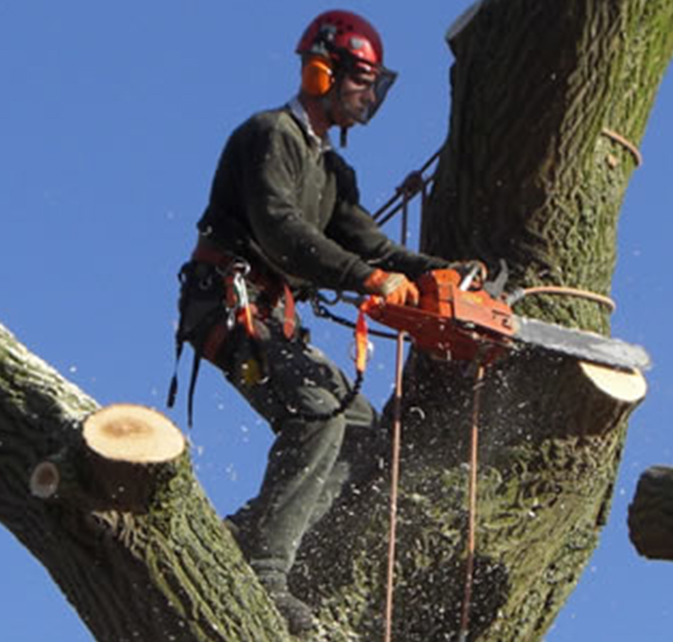
Pollarding
Pollarding is an ancient form of pruning, usually carried out nowadays as a means of managing a tree from an early age to maintain a small, manageable crown and produce a proliferation of small stems for ornamental effect. In times gone by, ‘pollards’ were maintained in order to provide much-needed wood for heating and the manufacture of wooden products.
Pollards or the trees that have been pollarded can either consist of a single trunk, cut on a regular basis to produce limbs growing from a single ‘knuckle’ or a single trunk with the main scaffold branches left, and repeatedly cut back to knuckles at the end of each scaffold branch.
Pollarding
River-side Willow and Poplar trees are often managed as pollards to create a feature of the landscape and prevent them from developing in to maiden (uncut) trees that become unstable and weak in later life. They do however require regular maintenance – mature willows require pollarding at least every 8 years to prevent the maturing regrowth from breaking off and tearing the pollard stem apart.
Poplars respond well to pollarding, as do certain other species such as Beech, Ash and Sycamore, however these trees are rarely managed in this way nowadays. ‘Veteran’ pollards are a source of great historical and ecological interest now. Some Beech pollards in the ancient woodlands of the UK are estimated to be up to 800 years old.

We recycle as much as we possible can, but when we can’t, we have a huge bonfire.. which is recycling too!
Contact us today, for a no obligation quote
Our feedback score is currently running at 9.9 out of 10 with over 280 reports, so it’s easy to see why we have become one of the top choices for quality tree care throughout Oxfordshire in recent years.

